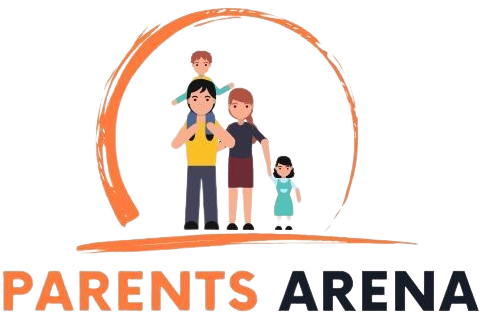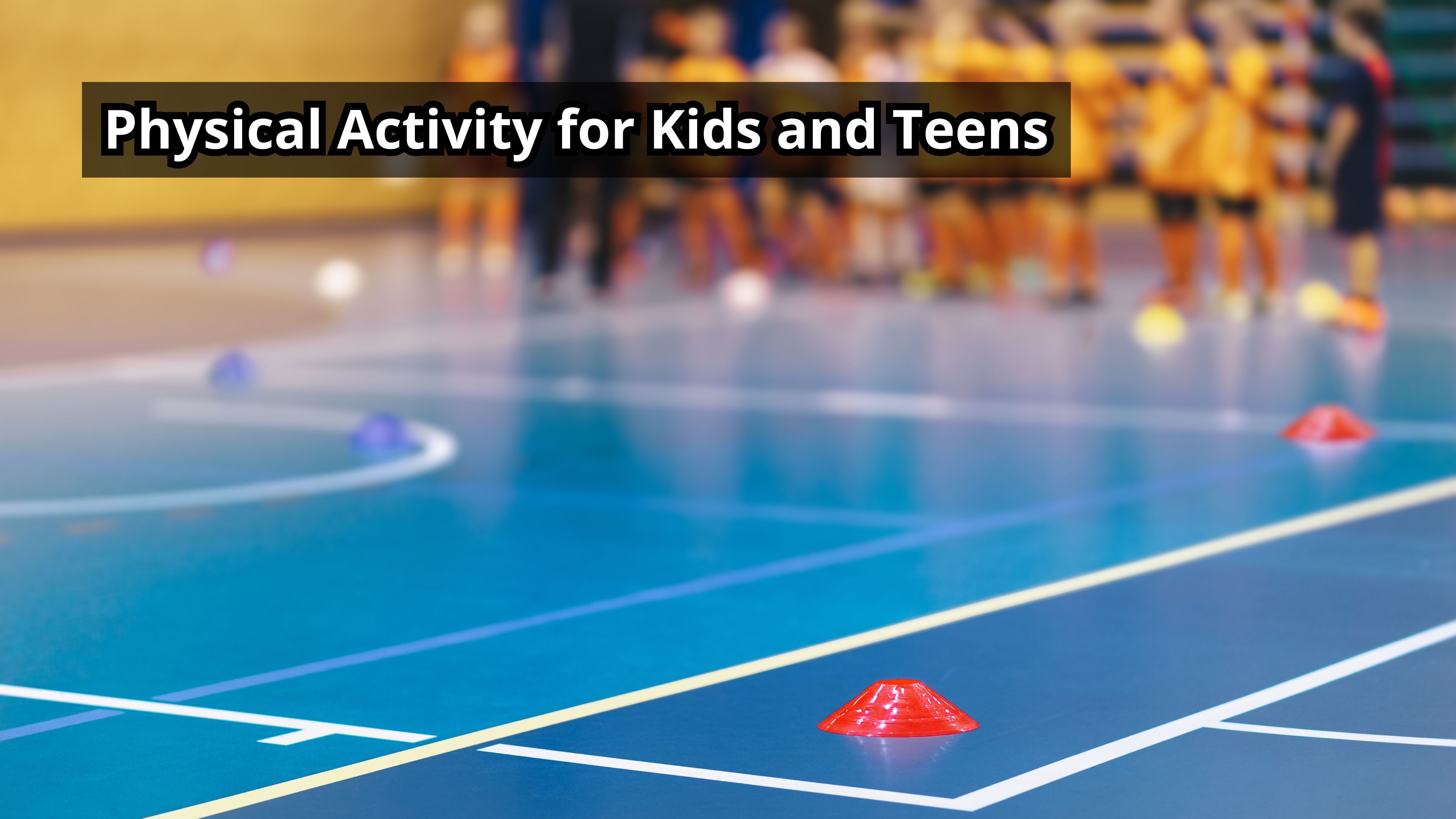
Top 7; Physical Activity for Kids and Teens
As summer break starts, parents often look for fun and useful activities for their kids. While rest and play are important, getting kids involved in physical activities can be really good for them. It aids in enhancing their soundness, expands their social skills, and builds their trust. Parents ought to guide their children toward actions that are both entertaining and wholesome.
Here are the top 7 physical activities for kids and teens to try this summer:
Musical Chairs
Put on your dancing shoes! This play game functions pleasingly with at least 4 children playing and 1 individual stopping the music.
If you don’t have adequate chairs, you can utilize pieces of colored paper taped to the bottom instead. When the music stops, the kid who gets both feet on the paper first claims the spot.
Cycling
Riding a bicycle is a delightful exercise that helps enhance heart health, leg potency, and coordination.
Dancing
Dancing is a wonderful way for children to express themselves creatively while even enhancing their core health, coordination, and flexibility.
Animal Races
Fun activities that utilize the entire body are amazing for kids’ wellness. Races that involve more than merely running are a blast and frequently silly. Bunny hop, frog jump, and duck, crab, or bear walk races will have you and the children giggling while acting on nearly every muscle in their bodies.
Football
Football is a significant action for kids who love contests, sprinting, and strategy. There’s nothing more pleasing than seeing your kid toss an excellent pass, make an excellent catch, or sprint into the end zone. If you’re concerned about the roughness of the sport, football doesn’t forever have to involve tackling. Touch and flag football are safe options that boys and girls of all generations can relish.
Swimming
Swimming is the most reasonable exercise for kids’ prevailing fitness. It tones the body, burns calories, relieves stress, and is good for the lungs.
The Human Knot
In this play, participants stand in a circle and hold hands, creating a “human knot.” They then attempt to separate themselves without allowing go of each other’s hands. This activity usually takes 15 to 20 minutes, but it can take longer with more participants.
The human knot is a famous icebreaker and an excellent team-building activity for teens, allowing them to learn to work jointly and closely. To make it harder, you can have the group try to untangle themselves with their eyes shut.
So here you have, these are the top 7 physical activities for kids and teens.
Kids and teens of all ages should bypass sitting for long periods without moving. They should spend less time on computers or watching TV and take frequent breaks from studying.
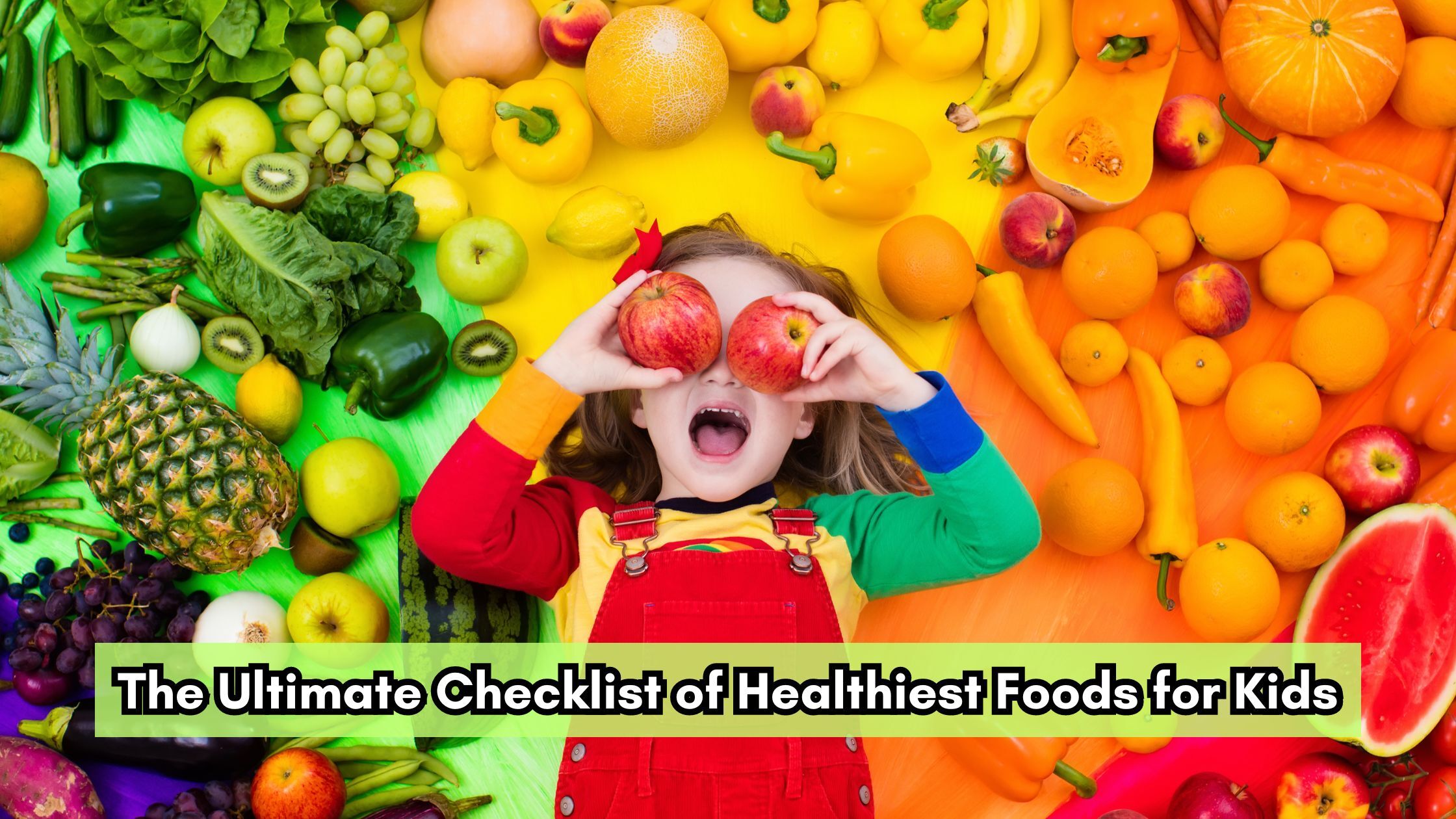
The Ultimate Checklist of Healthiest Foods for Kids
As a parent, you can help your kid make nutritious meal choices that will help them for life. Preparing them to feast well when they’re young enables them to remain wholesome as they grow up.
Giving them suitable nutrients permits their bones to develop robustly, stimulates their brain, and helps their physical and cognitive evolution. It even helps keep them from getting unhealthy and can stop troubles like obesity, diabetes, and heart conditions.
Let’s look at the top 10 healthiest foods for kids, their advantages, and how to count them to your kid’s feasts.
Avocado
The monounsaturated fats in avocados help kids feel whole for a more extended time. As an outcome of their high-fat content, avocados enable kids to keep cholesterol levels. Avocados possess a lot of monounsaturated fats, which reduce inflammation and maintain wholesome cholesterol levels. Avocados’ most significant advantage is their adaptability.
Avocados can be consumed directly, squashed on toast, blended into chicken or tuna salad, or used to make pasta sauces, such as avocado pesto.
Dairy or Dairy Alternatives
Dairy or dairy choices for children:
- Low-fat or Greek yogurt is rich in calcium and probiotics, which are right for gut health.
- Cheese offers them calcium and protein, which are vital for potent bones and muscles.
Whole Grains
Another healthy food for your growing children is whole grains. Most kids today don’t get sufficient of the nutrients that whole grains furnish. That’s why whole grains should be a standard part of the diet for kids ages 4 to 8.
Pulses and Beans
The dietary requirements of kids begin to switch between the periods of one and a half to two years. Ideally, this is when they commence to require additional sorts of food. In Asian nations, individuals begin paying attention to heart health and present different types of bean puree at this age.
Nuts
Distinct types of nuts and nut butter, like peanut butter and almond butter, are excellent fast snacks for children. Nuts are a sound origin of wholesome fats and protein that kids require. Be cautious with peanuts, though, as they can be perilous for some children. Other nut butters might be more safe.
Salmon
Salmon is a sort of fish that is indeed exemplary for your brain and heart. It has tons of omega-3 fatty acids, which are necessary for brain development and heart health. Eating salmon can help you do better in school and remain healthy. You can try baked salmon, salmon patties, or even salmon sushi rolls!
Every parent is concerned about what to offer their kids to consume between meals when they are starving.
The best key is to pick the healthiest foods for kids. It’s likewise useful to know about the food pyramid for kids. This blog post provides data about the fundamental nutritious foods that give children the fuel they require.
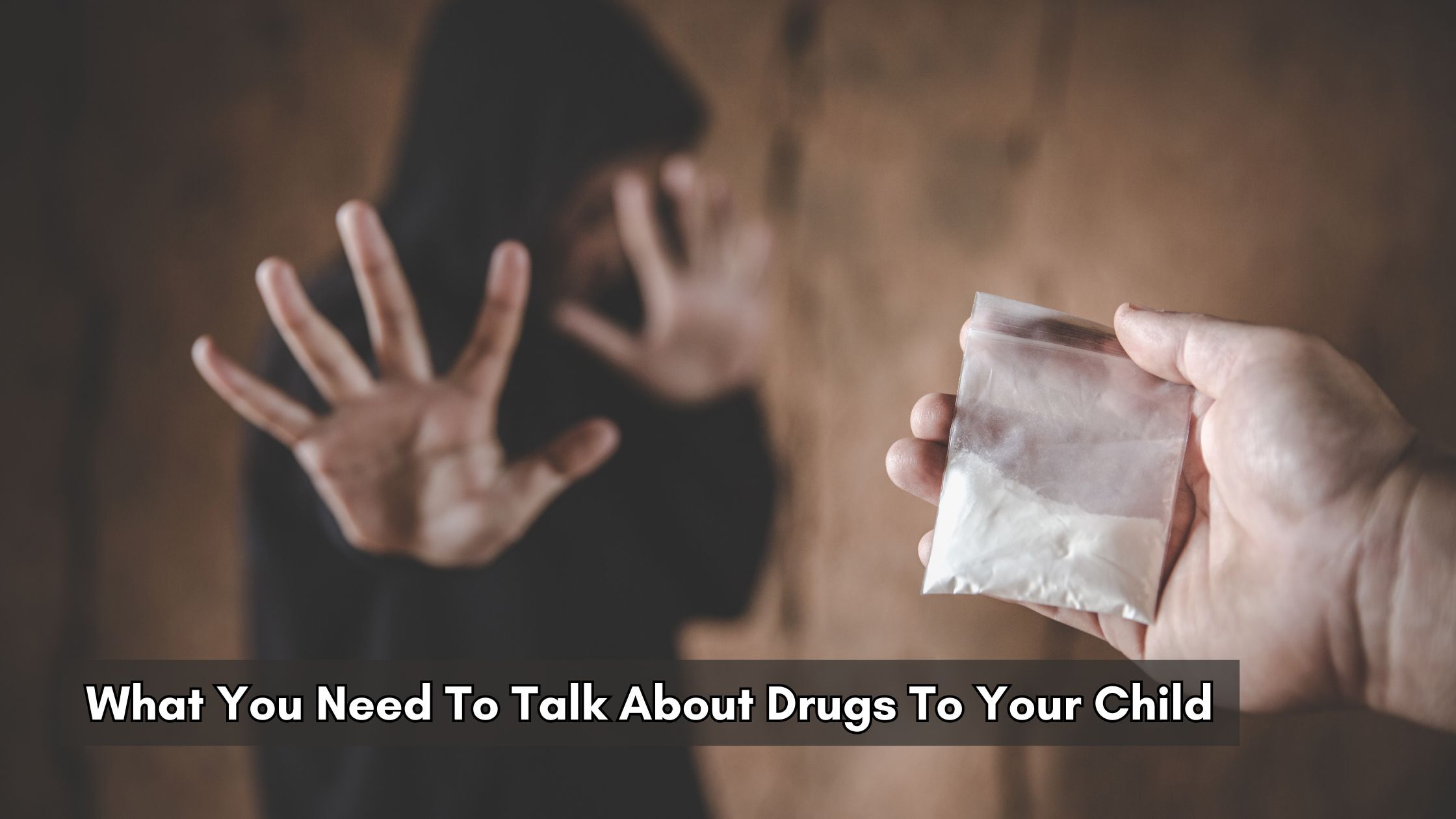
What You Need To Talk About Drugs To Your Child
Parents can help prevent their children from drug abuse by talking to them about the threats before they encounter any scary troubles. This can make children less likely to try drugs or to ask pals for facts.
As a parent, you are ideal for your kiddies. Your views on liquor, tobacco, and drugs can greatly impact how they think about these implications. So, make sure to talk about drugs to your child, when you talk about healthiness and safety.
Begin Earlier
Experts suggest beginning discussions about drinking, smoking, and drug use with your child when they are between 5 and 7 years old and restarting these conversations as they unfold.
Look for opportunities to teach your kid about these topics. For instance, if family members consume wine at dinner, clarify why they do it and what reliable drinking signifies. If a beer commercial comes on while your kid is watching TV, talk about how the individuals in the ad appear to be having fun, but consuming too much can lead to poor judgments and harm. It’s extremely significant to have these discussions if there are household members with alcohol or drug issues, as children with a family record of substance misuse are more likely to struggle with it themselves.
As your kid gets older, keep speaking to them regularly about drugs, alcohol, and tobacco in ways that suit their age. Make your thoughts apparent and recite them frequently. If you don’t approve of smoking or drinking, ensure your kid understands this and knows why. They must understand that drug use is never adequate and that no street drugs are safe.
Discuss peer pressure and your child’s incidents at school and with friends
Try to understand what children are going through today. Don’t get sore or emotional; this might make your kid less likely to flare up to you. Rather, remain calm and listen to what your kid says about what other children are doing. Teach your kid ways to say no to drugs or bypass them. Let your child know they can still use you as an excuse to turn down offers.
Talking about drugs to your child is significant and can help prevent them from trying these substances in the future. Begin these discussions before they are exposed to drugs and alcohol, and keep speaking as they grow up. To have a good chat, keep an open dialogue and apparently explain your rules. Discuss how to address peer pressure, and try not to lecture.
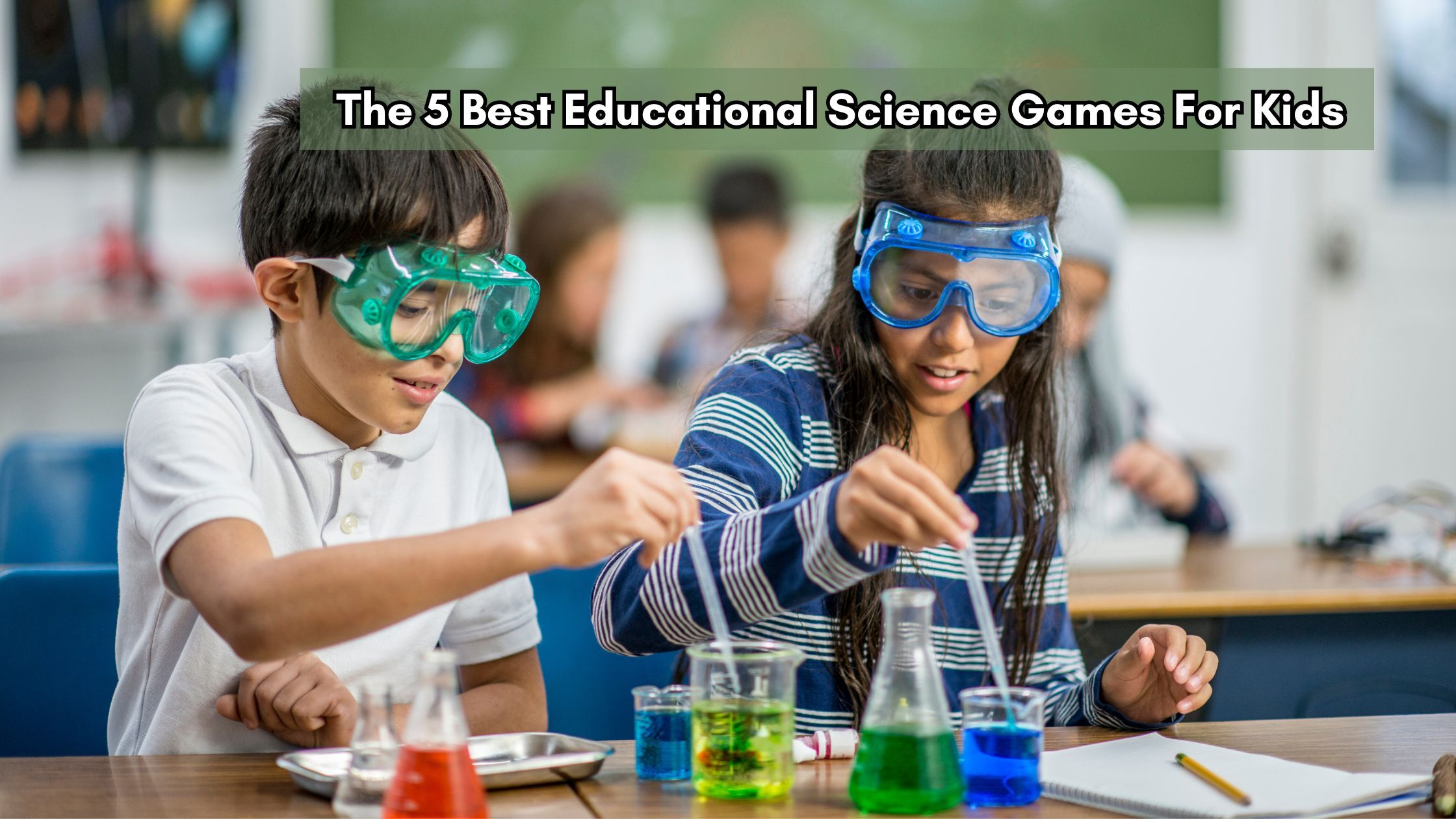
The 5 Best Educational Science Games For Kids
When teaching children about the art of science, there are multiple things to dig, like static electricity and aerodynamics. Fortunately, you don’t require a Ph.D. or a classroom to help your kid learn about the world. These five fun and educational science games for kids make education satisfying and can keep them occupied for hours.
Solar System
Kids love space, planets, and stars. Use Play-Doh to teach them about the solar system. Use different colors for each planet: red for Mars, blue and green for Earth, blue rings for Saturn, and so on. While teaching the planet names, share interesting facts, like scientists looking for life on Mars, Pluto not being a planet anymore, and the rings around Saturn.
Cloud Cool Down
Cloud Cool Down is one of the best educational science games for kids. Send energetic kids outside to draw pictures of the clouds they see. Stay inside and take a deep breath. Once you feel calm, let the kids come back in. Assist them in specifying, labeling, and adorning their images with cotton and glue.
Anatomy Chalk Draw
Using chalk outside or paper and markers, students can practice human anatomy. In pairs, they outline their partner on the ground. Jointly, they draw and mark the primary organs in suitable places. Who can get the most organs in the correct spots? Pairs can compete against each other or work together to compete against other pairs.
Body Part Bingo
Body Part Bingo is one of the best educational science games for kids. Kids aged seven to nine can start learning about anatomy. “Human Body Bingo” is a fun way to help them learn. You can download free printable bingo sheets from Darcy & Brian, which have cute drawings of body parts like the brain, heart, stomach, and lungs. Gather playing pieces and an announcer before starting the game.
Astronaut Space Box Game
Kids can wear astronaut gloves to see what it’s like to use their hands with these bulky gloves. Fill a box with small objects like cups and marbles. Let the kids handle these items while wearing kitchen gloves! They’ll practice fine motor skills and imagine what it’s like to work in space.
Science is all about exploring, and the best way to get kids excited is through hands-on experiments, like educational science games for kids. The great thing about science is how practical it is. Demonstrating and discussing experiments with kids helps them get interested in the concepts.
